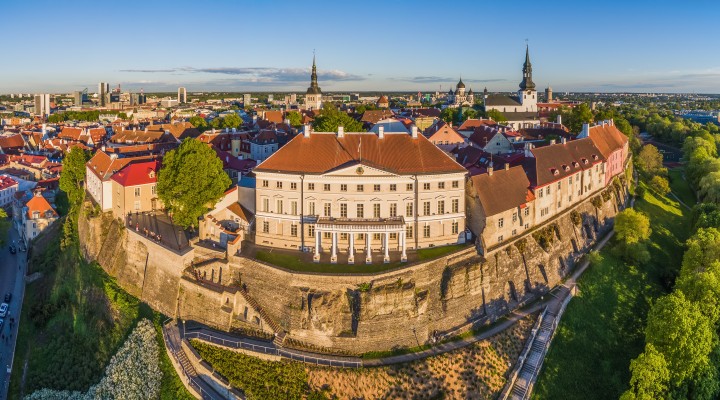According to the amendments, the handling of hazardous and noxious substances is no longer permitted in all anchorage areas within the inland sea; instead, specific anchorage areas have been selected for this purpose in accordance with the commissioned risk assessment. Bunkering, which is the pumping of fuel from one ship to another at sea so that the second ship is able to obtain fuel to continue travelling, is now, as a result of the risk assessment, permitted in 6 anchorage areas instead of the previous 19. Anchorage areas suitable for bunkering are Muuga J, Muuga L, Muuga K, Muuga M, Tallinn G, and Tallinn E.
All Muuga anchorage areas are located in close proximity to the Port of Muuga, at a sufficient distance from both residential areas and the coastline, while remaining close enough to the Port to ensure a good connection and preparedness for resolving an accident at sea. Both of the offered anchorage areas in Tallinn are similarly located at a sufficient distance from the coastline, swimming areas, and residential areas, and are not in close proximity to habitats in need of protection, while at the same time remaining close to waterways and ports, which increases the preparedness to respond to any accidents.
STS operations, i.e. the pumping of fuel from one ship to another for the purpose of transporting fuel, are prohibited in Estonia’s inland waters.
At the proposal of the Ministry of Economic Affairs and Communications, the transshipment of liquefied natural gas from ship to ship will also continue to be permitted in Estonia’s inland maritime waters.
Other amendments to the regulation concern the changed names of authorities and the notification of handling. A permit shall be granted for the handling of hazardous and noxious substances via the Police and Border Guard Board’s electronic maritime information system in coordination with the Environmental Board.
More specifically, the Government approved the amendments to Regulation No. 51 ‘Procedure for Handling Hazardous and Noxious Substances at Sea, on the Narva River, and on Lake Peipus’.
